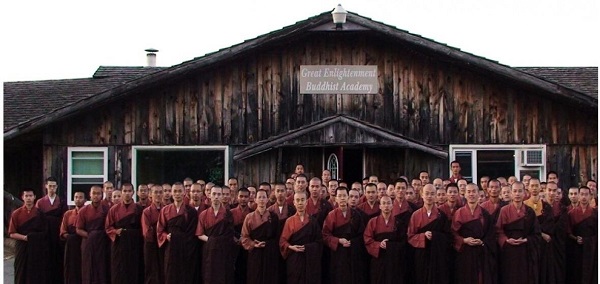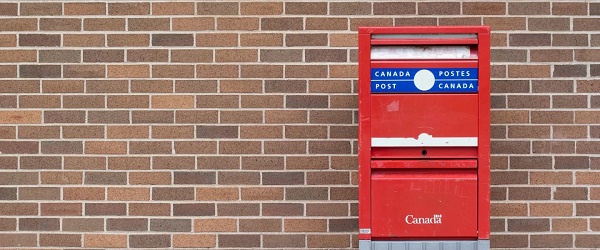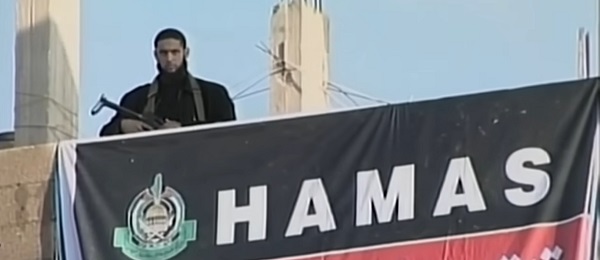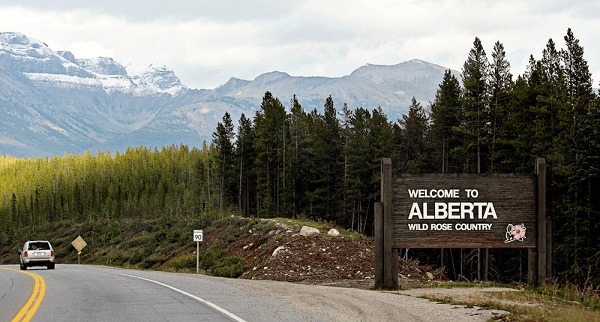Uncategorized
Trump backs use of ‘very safe’ tear gas on crowd of migrants

SAN DIEGO — President Donald Trump is strongly defending the U.S. use of tear gas at the Mexican border to repel a crowd of migrants that included angry rock-throwers but also barefoot, crying children.
Critics denounced the border agents’ action as overkill, but Trump kept to a hard line.
“They were being rushed by some very tough people and they used tear gas,” Trump said Monday of the previous day’s encounter. “Here’s the bottom line: Nobody is coming into our country unless they come in legally.”
At a roundtable in Mississippi later Monday, Trump seemed to acknowledge that children were affected, asking, “Why is a parent running up into an area where they know the tear gas is forming and it’s going to be formed and they were running up with a child?”
He said it was “a very minor form of the tear gas itself” that he assured was “very safe.”
Without offering evidence, he also claimed that some of the women are not really parents but are instead “grabbers” who steal children so they have a better chance of being granted asylum in the U.S.
The showdown at the San Diego-Tijuana border crossing has thrown into sharp relief two competing narratives about the caravan of migrants hoping to apply for asylum but stuck on the Mexican side. Trump portrays them as a threat to U.S. national security, intent on exploiting America’s asylum law, but others insist he is exaggerating to stoke fears and achieve his political goals.
The sheer size of the caravan makes it unusual.
“I think it’s so unprecedented that everyone is hanging their own fears and political agendas on the caravan,” said Andrew Selee, president of the Migration Policy Institute, a nonpartisan
Trump rails against migrant caravans as dangerous groups of mostly single men. That view featured heavily in his speeches during the midterm election campaign when several were hundreds of miles away,
Mario Figueroa — Tijuana’s social services department director who is overseeing operations at the sports complex where most of the migrants in the caravan are staying — said as of Friday that of the 4,938 staying there, 933 were women, 889 were children and 3,105 were men, which includes fathers
The U.S. military said Monday that about 300 troops who had been deployed in south Texas and Arizona as part of a border security mission have been moved to California for similar work. The military’s role is limited largely to erecting barriers along the border and providing transportation and logistical support to Customs and Border Protection.
Democratic lawmakers and immigrant rights groups blasted the border agents’ Sunday tactics.
“These children are barefoot. In diapers. Choking on tear gas,” California Gov.-elect Gavin Newsom tweeted. “Women and children who left their lives behind — seeking peace and asylum — were met with violence and fear. That’s not my America.”
U.S. Customs and Border Protection Commissioner Kevin McAleenan said the administration’s concerns about the caravan “were borne out and on fully display” Sunday.
McAleenan said hundreds — perhaps more than 1,000 — people attempted to rush vehicle lanes at the San Ysidro crossing. Mexican authorities estimated the crowd at 500. The chaos followed what began as a peaceful march to appeal for the U.S. to speed processing of asylum claims.
After being stopped by Mexican authorities, the migrants split into groups. On the west side of the crossing, some tried to get through razor-wire fencing in a concrete levee that separates the two countries. On the east side, some pulled back a panel of fencing made of Army surplus steel landing mats to create an opening of about 4 feet, through which a group of more than 30 people crossed, according to a U.S. official who was not authorized to discuss the matter publicly and spoke on condition of anonymity. Others made it over a steel fence farther east.
McAleenan said four agents were struck with rocks but were not injured because they were wearing protective gear.
Border Protection agents launched pepper spray balls in addition to tear gas in what officials said were on-the-spot decisions made by agents. U.S. troops deployed to the border on Trump’s orders were not involved in the operation.
“The agents on scene, in their professional judgment, made the decision to address those assaults using less lethal devices,” McAleenan told reporters.
The scene was reminiscent of the 1980s and early 1990s, when large groups of migrants rushed vehicle lanes at San Ysidro and overwhelmed Border Patrol agents in nearby streets and fields.
U.S. authorities made 69 arrests Sunday. Mexican authorities said 39 people were arrested in Mexico.
The scene left many migrants feeling they had lost whatever possibility they might have had for making asylum cases.
Isauro Mejia, 46, of Cortes, Honduras, looked for a cup of coffee Monday morning after spending Sunday caught up in the clash.
“The way things went yesterday … I think there is no chance,” he said.
Mexico’s Interior Ministry said in a statement it would immediately deport those people arrested on its side and would reinforce security.
Border Patrol agents have discretion on how to deploy less-than-lethal force. It must be both “objectively reasonable and necessary in order to carry out law enforcement duties” — and used when other techniques are insufficient to control disorderly or violent subjects.
Last week, Trump gave
With the caravan as a backdrop, Trump has used national security powers to circumvent long-standing immigration law to deny asylum to anyone caught crossing the border illegally. However, a court has put those regulations on hold after civil liberties groups sued. On Thanksgiving Day, the president warned of “bedlam, chaos, injury and death” if the courts block his efforts to harden immigration rules.
But it’s also possible that Sunday’s clash was borne of increasing desperation caused by the hardening of the policies, said Rachel Schmidtke, program associate for migration at the Woodrow Wilson International Center for Scholars Mexico Institute.
“This situation is now escalating to the point of a self-fulfilling prophesy,” she said. “The more you squeeze, the more it artificially creates something that didn’t exist, but now is starting to become a crisis.”
___
Long reported from Washington. Associated Press writers Robert Burns in Washington; Julie Watson in San Diego; Jill Colvin in Biloxi, Miss.; and Christopher Sherman in Tijuana, Mexico, contributed to this report.
Colleen Long And Elliot Spagat, The Associated Press
Uncategorized
CNN’s Shock Climate Polling Data Reinforces Trump’s Energy Agenda


From the Daily Caller News Foundation
As the Trump administration and Republican-controlled Congress move aggressively to roll back the climate alarm-driven energy policies of the Biden presidency, proponents of climate change theory have ramped up their scare tactics in hopes of shifting public opinion in their favor.
But CNN’s energetic polling analyst, the irrepressible Harry Enten, says those tactics aren’t working. Indeed, Enten points out the climate alarm messaging which has permeated every nook and cranny of American society for at least 25 years now has failed to move the public opinion needle even a smidgen since 2000.
Appearing on the cable channel’s “CNN News Central” program with host John Berman Thursday, Enten cited polling data showing that just 40% of U.S. citizens are “afraid” of climate change. That is the same percentage who gave a similar answer in 2000.
Dear Readers:
As a nonprofit, we are dependent on the generosity of our readers.
Please consider making a small donation of any amount here.
Thank you!
Enten’s own report is an example of this fealty. Saying the findings “kind of boggles the mind,” Enten emphasized the fact that, despite all the media hysteria that takes place in the wake of any weather disaster or wildfire, an even lower percentage of Americans are concerned such events might impact them personally.
“In 2006, it was 38%,” Enten says of the percentage who are even “sometimes worried” about being hit by a natural disaster, and adds, “Look at where we are now in 2025. It’s 32%, 38% to 32%. The number’s actually gone down.”
In terms of all adults who worry that a major disaster might hit their own hometown, Enten notes that just 17% admit to such a concern. Even among Democrats, whose party has been the major proponent of climate alarm theory in the U.S., the percentage is a paltry 27%.
While Enten and Berman both appear to be shocked by these findings, they really aren’t surprising. Enten himself notes that climate concerns have never been a driving issue in electoral politics in his conclusion, when Berman points out, “People might think it’s an issue, but clearly not a driving issue when people go to the polls.”
“That’s exactly right,” Enten says, adding, “They may worry about in the abstract, but when it comes to their own lives, they don’t worry.”
This reality of public opinion is a major reason why President Donald Trump and his key cabinet officials have felt free to mount their aggressive push to end any remaining notion that a government-subsidized ‘energy transition’ from oil, gas, and coal to renewables and electric vehicles is happening in the U.S. It is also a big reason why congressional Republicans included language in the One Big Beautiful Bill Act to phase out subsidies for those alternative energy technologies.
It is key to understand that the administration’s reprioritization of energy and climate policies goes well beyond just rolling back the Biden policies. EPA Administrator Lee Zeldin is working on plans to revoke the 2010 endangerment finding related to greenhouse gases which served as the foundation for most of the Obama climate agenda as well.
If that plan can survive the inevitable court challenges, then Trump’s ambitions will only accelerate. Last year’s elimination of the Chevron Deference by the Supreme Court increases the chances of that happening. Ultimately, by the end of 2028, it will be almost as if the Obama and Biden presidencies never happened.
The reality here is that, with such a low percentage of voters expressing concerns about any of this, Trump and congressional Republicans will pay little or no political price for moving in this direction. Thus, unless the polls change radically, the policy direction will remain the same.
David Blackmon is an energy writer and consultant based in Texas. He spent 40 years in the oil and gas business, where he specialized in public policy and communications.
Uncategorized
Kananaskis G7 meeting the right setting for U.S. and Canada to reassert energy ties


Energy security, resilience and affordability have long been protected by a continentally integrated energy sector.
The G7 summit in Kananaskis, Alberta, offers a key platform to reassert how North American energy cooperation has made the U.S. and Canada stronger, according to a joint statement from The Heritage Foundation, the foremost American conservative think tank, and MEI, a pan-Canadian research and educational policy organization.
“Energy cooperation between Canada, Mexico and the United States is vital for the Western World’s energy security,” says Diana Furchtgott-Roth, director of the Center for Energy, Climate and Environment and the Herbert and Joyce Morgan Fellow at the Heritage Foundation, and one of America’s most prominent energy experts. “Both President Trump and Prime Minister Carney share energy as a key priority for their respective administrations.
She added, “The G7 should embrace energy abundance by cooperating and committing to a rapid expansion of energy infrastructure. Members should commit to streamlined permitting, including a one-stop shop permitting and environmental review process, to unleash the capital investment necessary to make energy abundance a reality.”
North America’s energy industry is continentally integrated, benefitting from a blend of U.S. light crude oil and Mexican and Canadian heavy crude oil that keeps the continent’s refineries running smoothly.
Each day, Canada exports 2.8 million barrels of oil to the United States.
These get refined into gasoline, diesel and other higher value-added products that furnish the U.S. market with reliable and affordable energy, as well as exported to other countries, including some 780,000 barrels per day of finished products that get exported to Canada and 1.08 million barrels per day to Mexico.
A similar situation occurs with natural gas, where Canada ships 8.7 billion cubic feet of natural gas per day to the United States through a continental network of pipelines.
This gets consumed by U.S. households, as well as transformed into liquefied natural gas products, of which the United States exports 11.5 billion cubic feet per day, mostly from ports in Louisiana, Texas and Maryland.
“The abundance and complementarity of Canada and the United States’ energy resources have made both nations more prosperous and more secure in their supply,” says Daniel Dufort, president and CEO of the MEI. “Both countries stand to reduce dependence on Chinese and Russian energy by expanding their pipeline networks – the United States to the East and Canada to the West – to supply their European and Asian allies in an increasingly turbulent world.”
Under this scenario, Europe would buy more high-value light oil from the U.S., whose domestic needs would be back-stopped by lower-priced heavy oil imports from Canada, whereas Asia would consume more LNG from Canada, diminishing China and Russia’s economic and strategic leverage over it.
* * *
The MEI is an independent public policy think tank with offices in Montreal, Ottawa, and Calgary. Through its publications, media appearances, and advisory services to policymakers, the MEI stimulates public policy debate and reforms based on sound economics and entrepreneurship.
As the nation’s largest, most broadly supported conservative research and educational institution, The Heritage Foundation has been leading the American conservative movement since our founding in 1973. The Heritage Foundation reaches more than 10 million members, advocates, and concerned Americans every day with information on critical issues facing America.
-

 Business2 days ago
Business2 days agoTruckers see pay surge as ICE sweeps illegal drivers off U.S. highways
-

 International2 days ago
International2 days agoHamas releases all living hostages under Trump peace plan
-
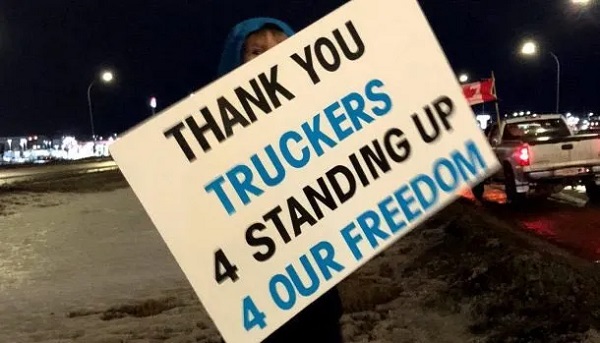
 COVID-192 days ago
COVID-192 days agoThe Trials of Liberty: What the Truckers Taught Canada About Power and Protest
-
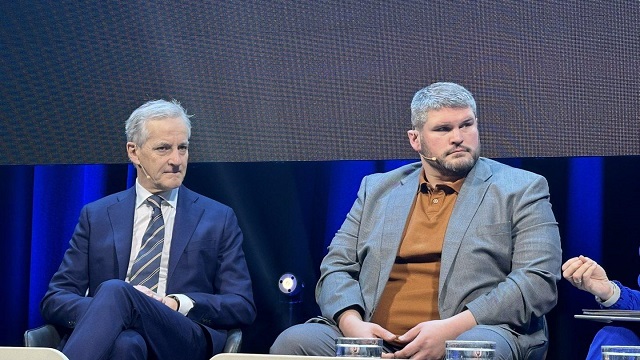
 Energy14 hours ago
Energy14 hours agoIndigenous Communities Support Pipelines, Why No One Talks About That
-
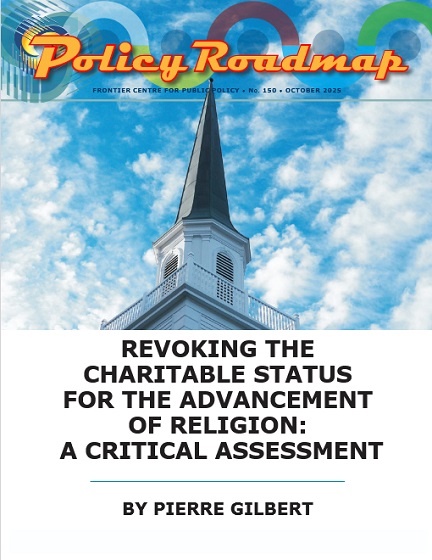
 Business13 hours ago
Business13 hours agoFinance Committee Recommendation To Revoke Charitable Status For Religion Short Sighted And Destructive
-

 Alberta13 hours ago
Alberta13 hours agoOil Sands are the Costco of world energy – dependable and you know exactly where to find it
-
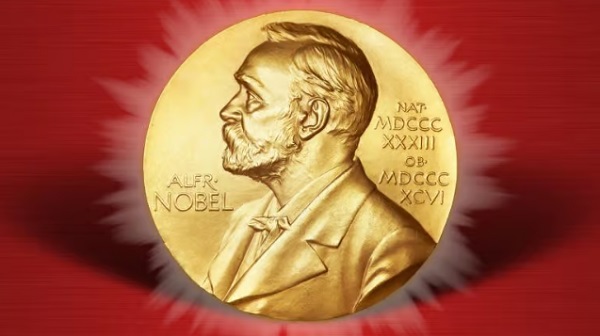
 Brownstone Institute2 days ago
Brownstone Institute2 days agoTrump Covets the Nobel Peace Prize
-

 Health11 hours ago
Health11 hours agoColorado gave over 500 people assisted suicide drugs solely for eating disorders in 2024

